Meet Our Farm Animals
-
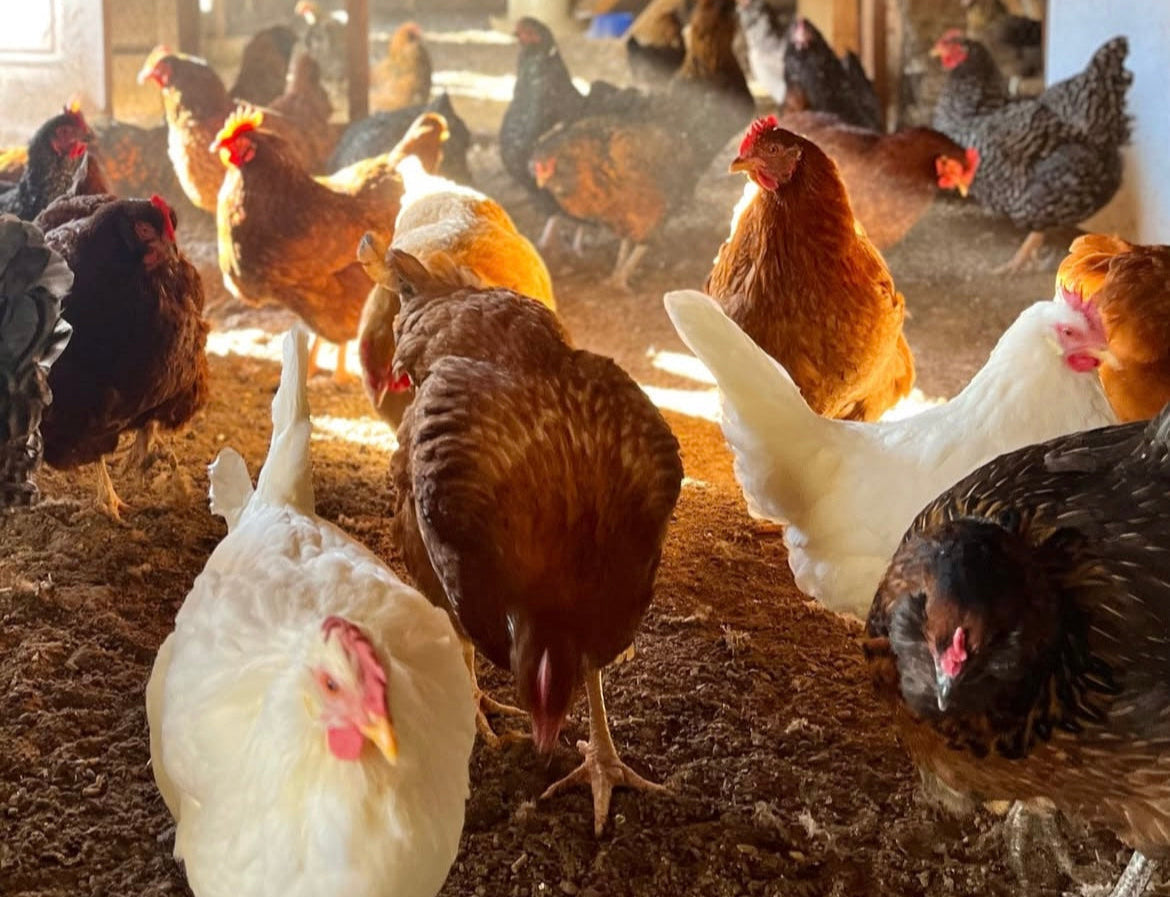
Kerber's Farm Chickens
We have five breeds of chickens that live at Kerber's Farm - Buff Laced Polish, Buff Cochins, Blue Andalusians, Anconas and Buff Orpington chickens - all of which lay their own unique colored eggs. Typically, a chicken's egg color can be determined by it's earlobe color.
-
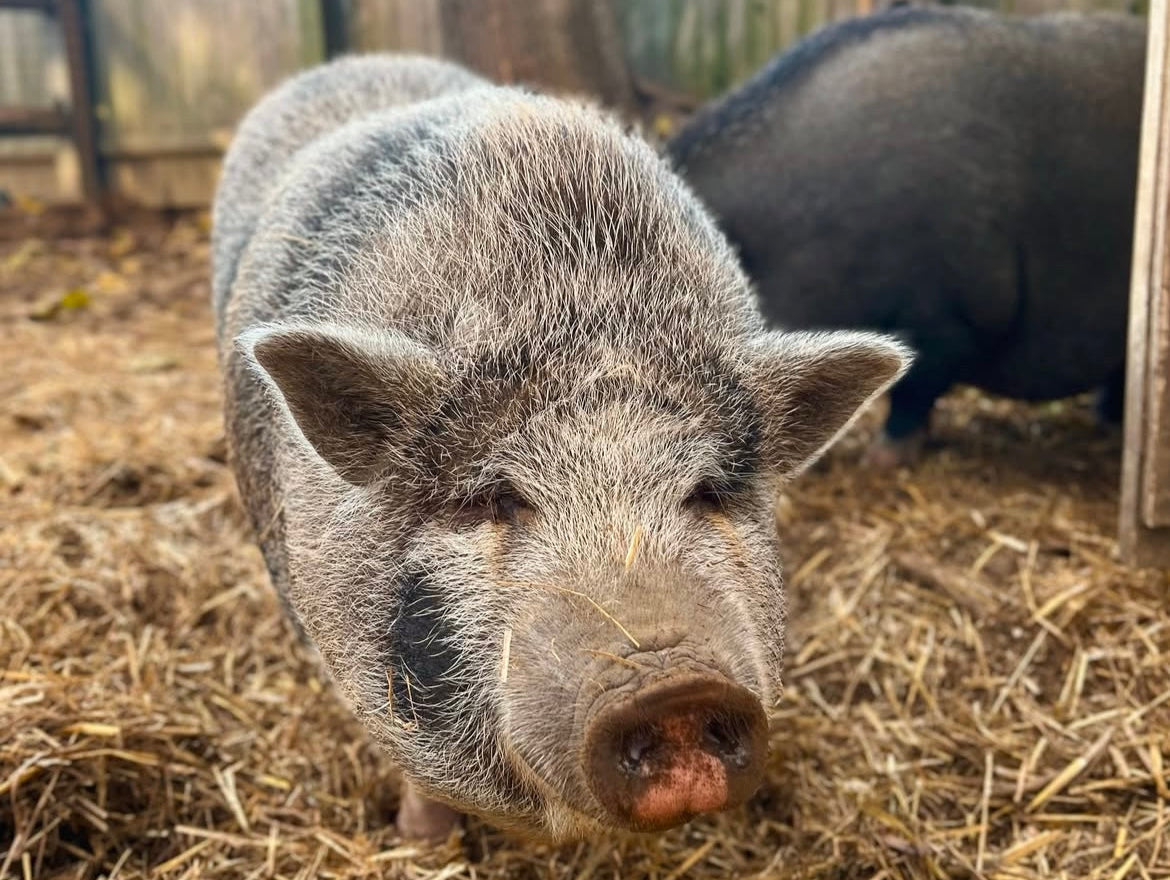
Poppy and Holly
Meet our two Pot Bellied Pigs! Although they may seem dirty, pigs are actually very clean creatures. They only sweat a tiny bit around their noses and don't have sweat glands on the rest of their body. This is why in the summer, you'll find them rolling around in mud baths to cool off.
-
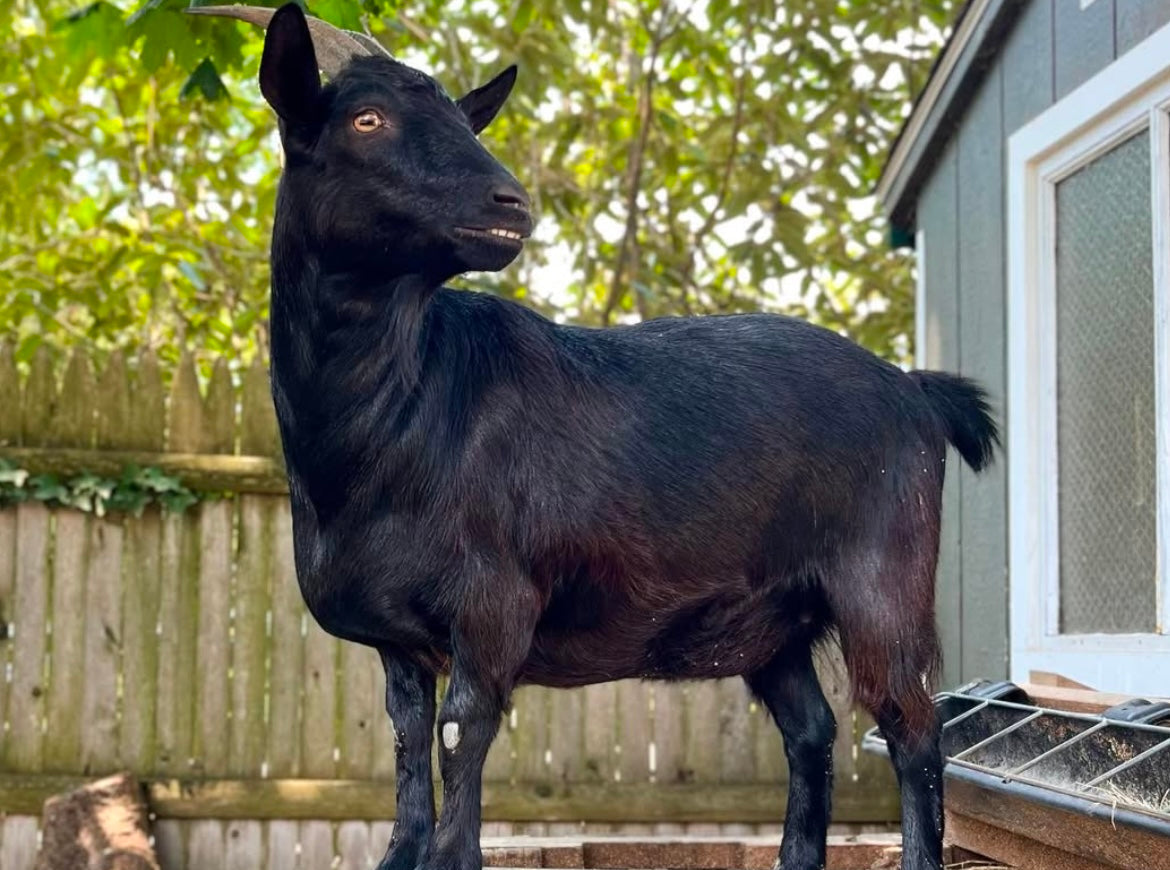
Daisy
Nigerian Dwarf Goats are excellent climbers, with specialized hooves that give them traction on rocky terrain. This allows them to climb to the tops of trees and up the steep sides of mountains - you'll often see Daisy keeping watch of the farm from on top of her house.
-
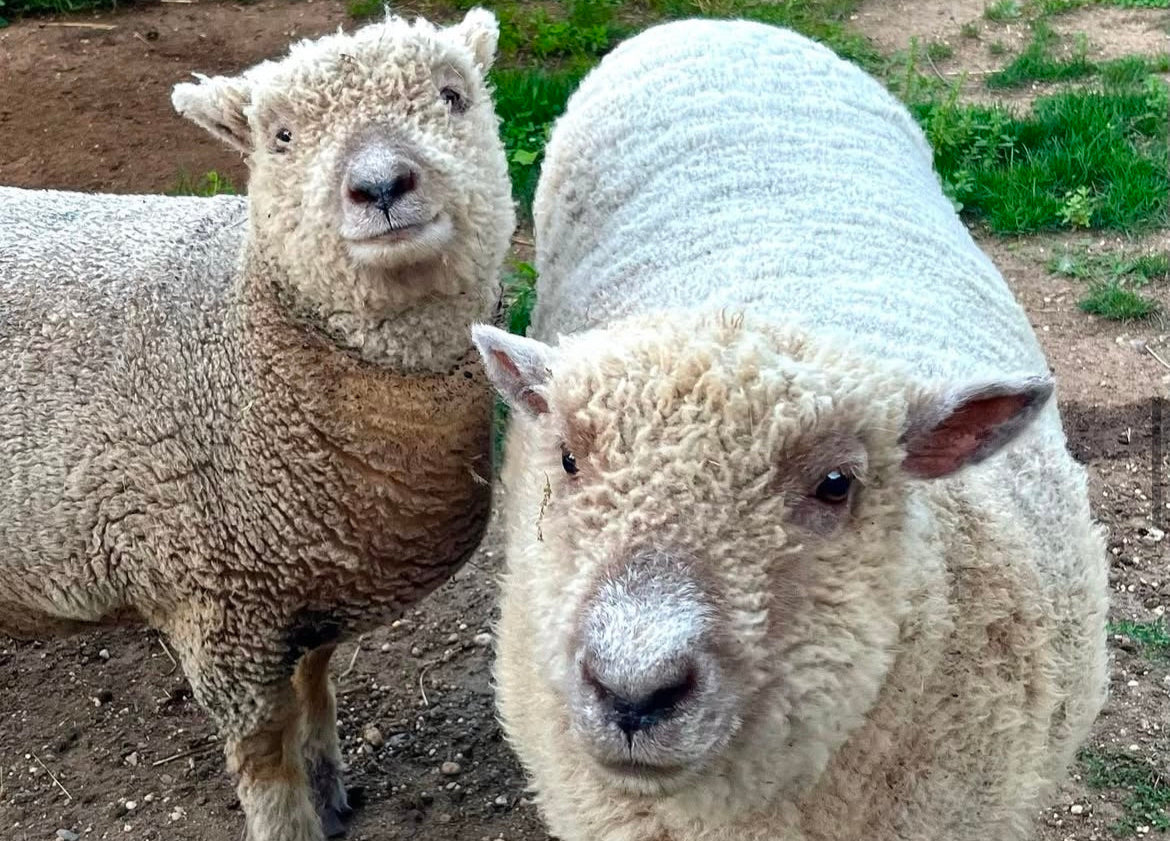
Maggie and Willie
Baby Doll Sheep are specially known for their cute, teddy bear-like appearance. They love munching on grass and have rectangular pupils so they can see all the way around without even moving their head. This allows them to stay aware of their surroundings even when they are grazing.
-
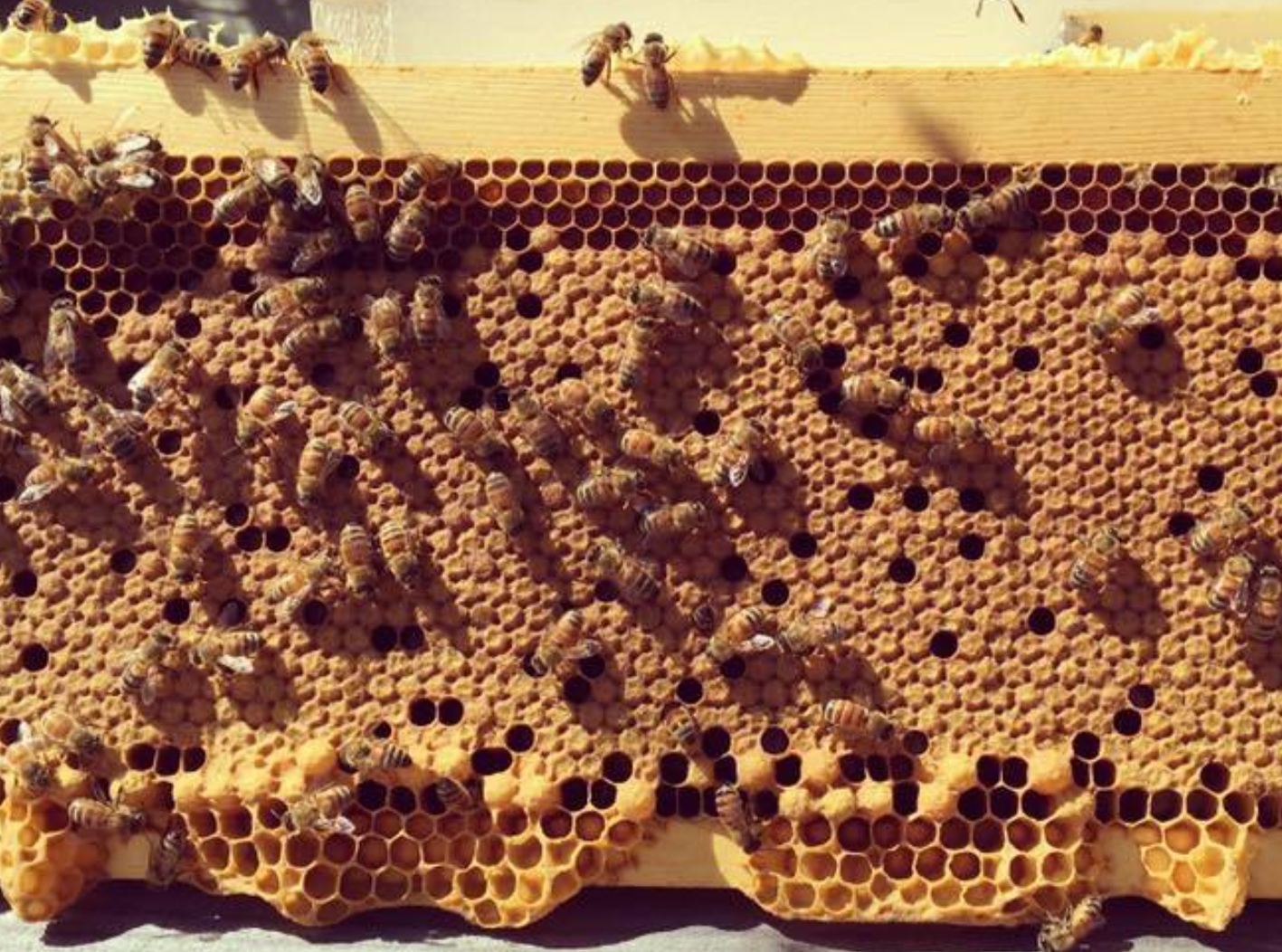
Kerber's Farm Honeybees
Ever heard of the phrase "busy bee?" Honey bees visit 50-100 flowers during each trip from the hive, can fly up to 15 mph and beat their wings approximately 11,400 times per minute (making their buzzing sound). These bees work overtime to pollinate all of the flowers, fruits and vegetables that you see around the farm.
-
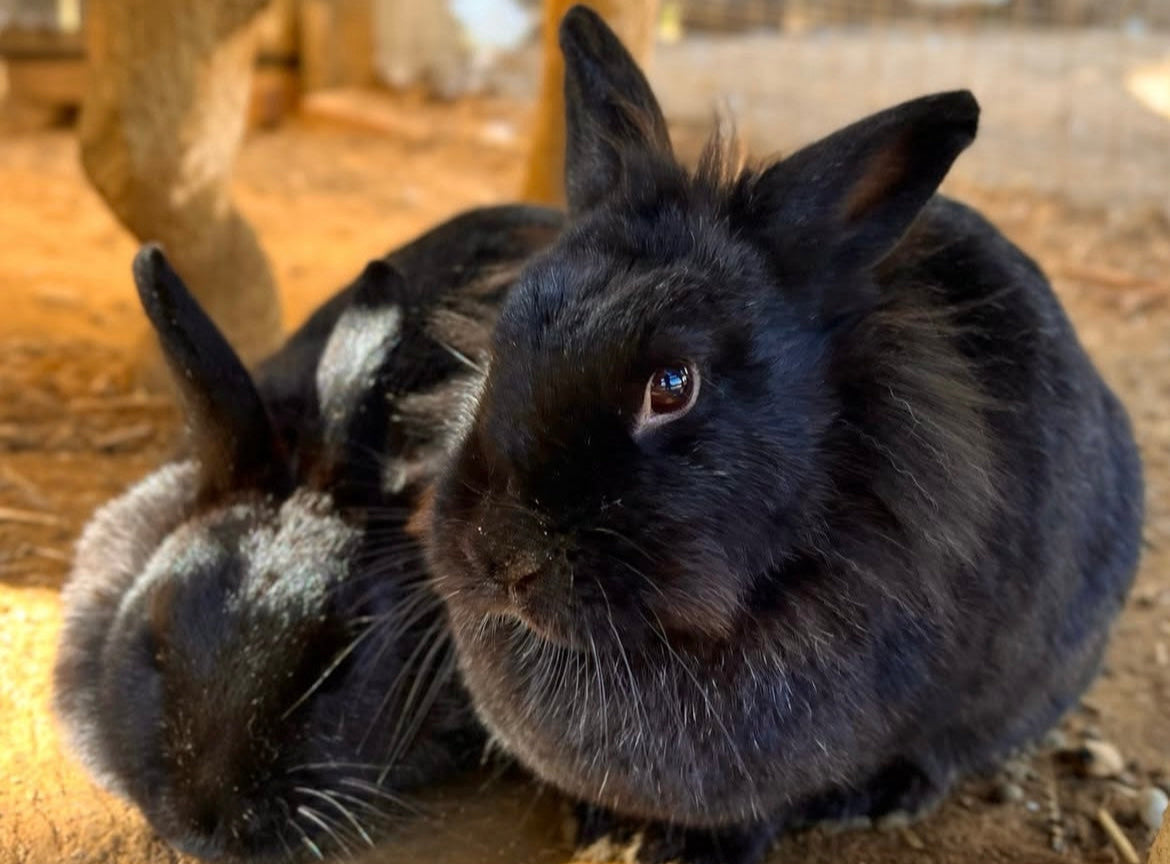
Kerber's Bunnies
We have six bunnies here at Kerber's - Clover, Dahlia, Lily, Sunflower, Chrysanthamum and Black Eyed Susan. They often are busy digging tunnels underground that lead to rooms big enough for individual rabbit families. These networks, or warrens, can be up to 3 meters deep and 45 meters long, and can cover more than 2 acres.
-
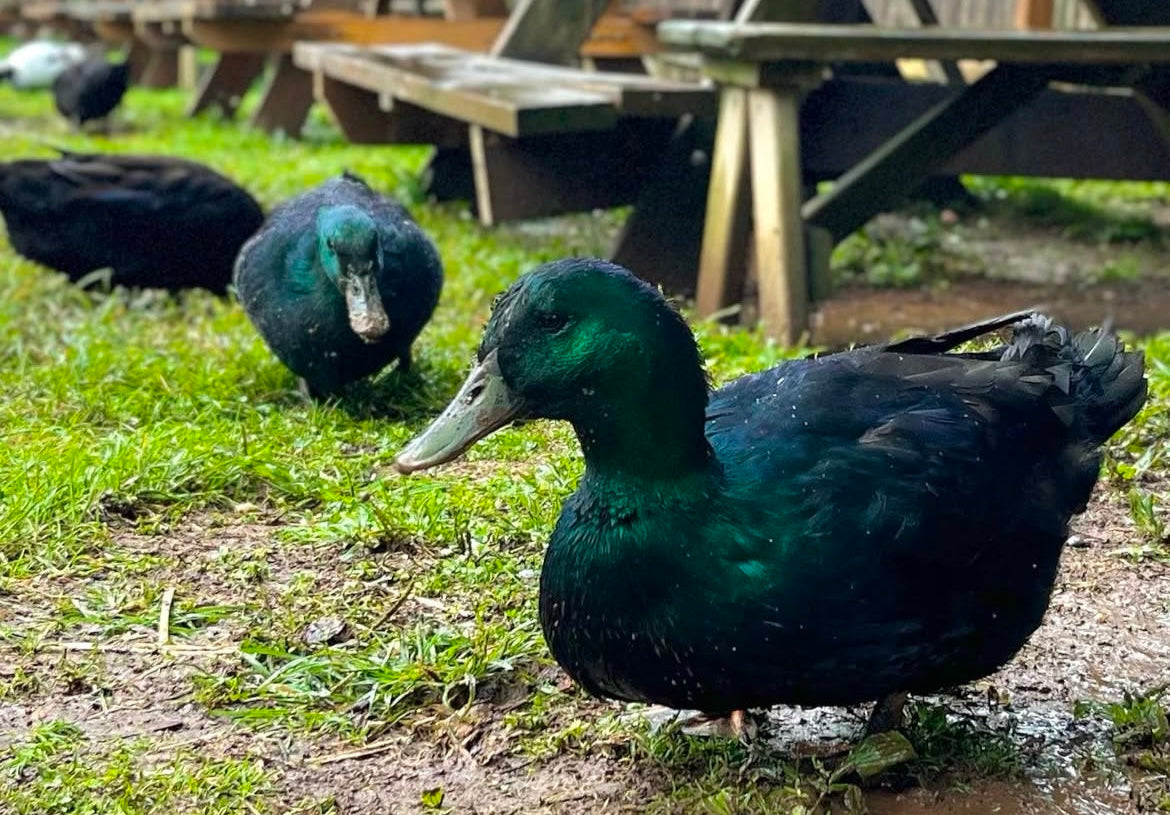
Kerber's Farm Ducks
Unlike our ducks who can always be found waddling around together, ducks eyes can move independently of one another. They sleep with one eye open to watch for predators. In a paddling, or group of ducks, ducks will trade off keeping an eye open to help protect the rest of the group from danger while they sleep.







